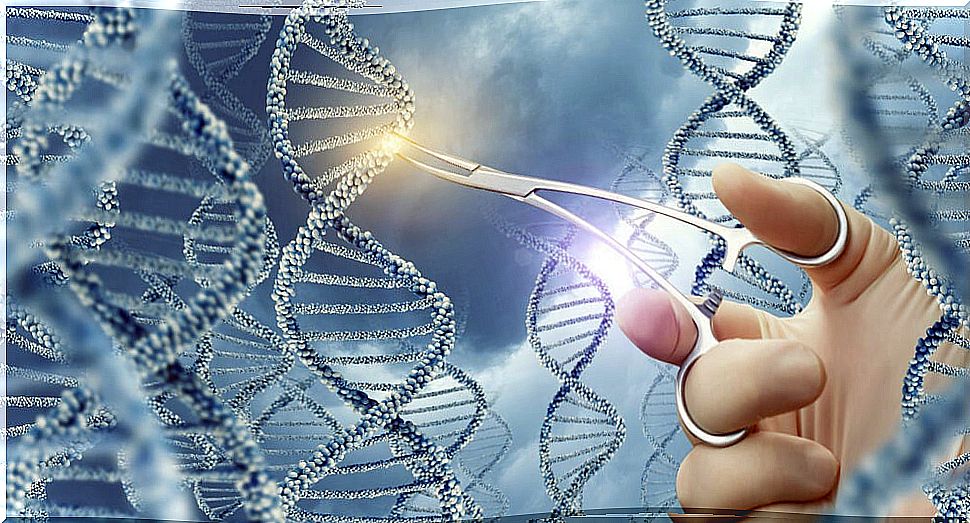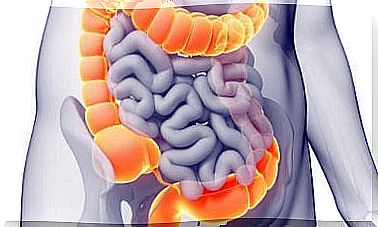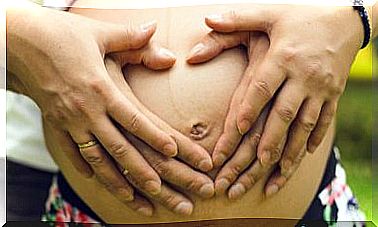Is Cancer A Hereditary Disease?
Cancer is a multifactorial disease, in which there are exogenous or environmental factors and endogenous or genetic factors.
Genetics and cancer
It is estimated that between 5 and 10% of tumors are inherited. These hereditary cancers are characterized by being due to mutations in certain genes that cause a greater susceptibility to cancer.
Such mutations are present in the germ line, so they are inherited by the offspring. Currently, about 50 genes are known. With their corresponding mutations, they may be involved in the appearance of the pathology.

See also: Delicious salmon and avocado tartare, learn how to prepare it
However, being a carrier of any of these mutations does not mean that you will get cancer. It is only a risk factor, like many others involved in the disease, including environmental factors.
Some of the signs that may indicate hereditary transmission of cancer are:
- Early age of onset
- There are several relatives affected by the same type of cancer
- There are a greater number of cases than in most families
- It is inherited in a Mendelian way
- Appearance of multiple tumors in the affected individual
Genetic factors vs environmental factors
There are certain nuances in the statement: “cancer is a hereditary disease”, since it is not the disease that is inherited, but the genes. Inherited gene mutations are involved in the development of neoplasms since they can induce subsequent mutations in other genes and promote a tumor process.
However, there are numerous studies that show that the genetic factor of cancer does not carry a greater risk of suffering from the disease, than aspects such as leading a sedentary life or smoking.

You may be interested: 5 drinks with berries to fill you up with antioxidants
It is difficult to determine exactly how much each variable influences such a multifactorial disease as cancer. In fact, environmental factors, such as diet or healthy lifestyles, are believed to outweigh genetic factors in most cancers.
On the other hand, the genetic factor does not have the same implication in all types of cancer. In this context, cancers such as breast, skin, prostate or colon, have a strong genetic component.
Prevention
Identifying a hereditary cancer can help detect other cases of the disease in the family early. In addition, effective prevention measures can be implemented in the relatives of the affected person.
In this way, family members can receive genetic counseling about the risk of developing this cancer, the probabilities of transmitting the mutation to the offspring or the existing options regarding prevention and early detection.
Genetic testing
In this context, a promising tool that would help in the early diagnosis of the disease would be the genetic tests that are in continuous progress. To carry out such tests, only a DNA sample from the subject in question would be necessary.
Thanks to this DNA sample, the sequences of a large number of genes involved in the development of neoplasms, called oncogenes , could be analyzed. In this way, the state of these genes and their possible mutations could be studied.
However, the limitations of this type of study lie in the still scarce knowledge of the possible oncogenes involved. Due to this, in order to achieve a more reliable and precise diagnosis, it would be necessary to know more exactly which genes participate in the development of the pathology and to what degree.
In these genetic studies, various specialists from different areas of molecular biology and genetics participate. Thus, a molecular genetic study will be required to identify the genes involved. In addition, a cytogenetic study will be required, in which the chromosomal cause is identified.
Prophylactic surgery
Among the hereditary cancers, the so-called gynecological cancers (ovarian cancer and breast cancer) have been the most studied. In most cases, these cancers are caused by mutations in the BRCA1 and BRCA2 genes.
In many of the cases in which these types of mutations are identified, prophylactic surgery is chosen. In it, the breasts or ovaries are removed, as a preventive measure. A large number of oncologists claim that this option is the only one that significantly reduces the risk of cancer in women who carry these mutations.










